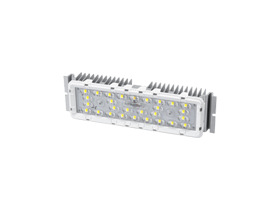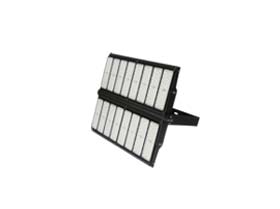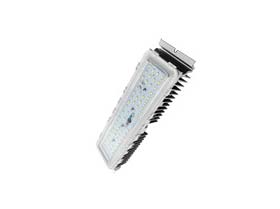What Are the Main Places to Test the Quality of LED High Bay Lights?
1. Luminous intensity detection of LED high bay light
Luminous intensity is the intensity of light and refers to the amount of light emitted over a range of angles. The inverse square ratio is not suitable for short distances due to the concentration of light from the LEDs.
The CIE127 standard provides two conditions for measuring the average normal light intensity: measurement condition A (far-field condition) and measurement condition B (near-field condition). The detector area in both cases was 1㎠. Usually, the standard condition b is used to measure the luminous intensity of LED high bay lights.
2. Detection of luminous flux and efficiency of LED high bay lights
The luminous flux is the sum of the luminous flux emitted by the light source, that is, the luminous flux. Hpwinner is a professional high bay lights manufacturer, now we will introduce you detection methods. The detection methods mainly include the following two:
(1) Integral method
The standard lamp and the lamp under test are sequentially lit in the integrating sphere, and their readings in the photoelectric converter are recorded as Es and ed, respectively. If the standard luminous flux is called φs, the luminous flux of the lamp under test is φd = ed×φs/es. The integrated method adopts the principle of "point light source" and is easy to operate, but due to the deviation of the color temperature between the standard lamp and the lamp under test, the measurement error is large.
(2) Spectrophotometry
The luminous flux is calculated from the spectral energy P(λ) distribution. Using a monochromator, measure the 380 ㎚/780 ㎚ spectrum of the standard lamp on the integrating sphere, then measure the spectrum of the lamp under the same conditions, and calculate the luminous flux of the comparative lamp by comparison. Luminous efficiency is the ratio of the light beam emitted by a light source to the power consumed. The constant current method is usually used to measure the luminous efficiency of light emitting diodes.
3. Detection of spectral characteristics of LED high bay lights
The detection of spectral characteristics of light-emitting diodes includes spectral power distribution, color coordinates, color temperature, color rendering index, etc. The spectral power distribution means that the light of the light source is composed of multiple colors of radiation with different wavelengths, and the radiation power of each wavelength is also different. When the light sources are arranged in order of wavelength, this difference is called the spectral power distribution of the light source.
Compare and measure the light source with a spectrophotometer (monochromator) and a standard lamp. The chromatic coordinate is the quantity of the luminous color of the light source represented by the numbers on the coordinate graph. There are various coordinate systems for coordinate graphs representing colors, and X and Y coordinate systems are usually used. Color temperature is the amount of light source color table (appearance color representation) seen by the human eye. When a light source emits light of the same color as a black body at a particular temperature, that temperature is the color temperature. In the field of lighting, color temperature is an important parameter to describe the optical properties of a light source.
The relevant theory for color temperature is derived from black body radiation, and can be obtained from the color coordinates including the black body locus by the color coordinates of the light source. The color rendering index represents the amount of light emitted by a light source that correctly reflects the color of the illuminated object. Usually expressed by the universal color rendering index Ra, which is the arithmetic mean of the color rendering indices of the light sources of the eight color samples. The color rendering index is an important parameter of the quality of the light source, which determines the application range of the light source. Improving the color rendering index of white light-emitting diodes is one of the important tasks in the development of light-emitting diodes.
 English
English  العربية
العربية  中文
中文
 Deutsch
Deutsch
 Türkçe
Türkçe

 日本語
日本語


